THE OLD SYCAMORE TREE
BY RICKEY ROBERTSON
In the south during the summer months it sure gets hot. Back in the days before fans and air conditioning folks would plant what were called "shade trees." These trees would provide much needed shade on and around the house and other buildings. One of the most favored shade trees was the sycamore. The sycamore was fast growing and would grow tall. Sycamores have many limbs on them and when they are full of leaves they provide plenty of shade. But there is one drawback to a sycamore tree and that is those big leaves that you have to rake and burn in the fall of the year! Here in Peason at my parent's home place is a giant of a sycamore tree. It has been here many, many years, possibly planted in the very early 1900s by Columbus "Lum" Dowden who first lived at this site. This tree has seen droughts, rainy spells, and many winds have blown through its limbs and leaves. But during EXERCISE SAGE BRUSH it nearly met its doom!
The old Peason to Plainview Road used to run right by the yard fence of my parent's home and it had been here over the many years. Just past our house the roads "fork," with one fork going to the old Andrew Bridges Place, the middle fork to the old Bill Haynes Place, and the right fork would carry you to the Plainview Community . EXERCISE SAGE BRUSH was an extremely large field maneuver conducted by the US Air Force and the US Army in November and December 1955 to train units on conducting warfare on an atomic battlefield. Prior to the maneuver beginning, Army engineer units worked on many roads throughout the maneuver area in an attempt to prepare them for the massive use by heavy trucks, tanks, and artillery. But just so much could be accomplished before the troops moved into the maneuver area.
When the maneuver began, armored units faced heavy traffic congestion with miles long traffic jams as mechanized units attempted to attack northward. In late November 1955 to early December 1955 torrential downpours held up military and civilian traffic. People could not travel to town, to church, and school buses could not pick up or deliver students to the various schools in Natchitoches, Sabine, and Vernon Parishes. The Peason to Plainview Road became one big mud hole filled with deep ruts made by the heavy military traffic. Our neighbor who lived about a mile past us, Mr. W. F. Herrington, brought his car out and parked it at our house so his wife could get to town. As the road got progressively worse, you would hear Mr. Bill coming on his "poppin' Johnny" John Deere tractor, bringing Mrs. Rosa Lee to her vehicle so she could go to the store.
As the road worsened, one day a convoy of heavy army trucks was stuck in the road nearly right at our house. The young lieutenant in charge of the convoy told some of the soldiers to run the cable from one of the winches on the heavy trucks and wrap it around the sycamore tree and to begin pulling the trucks out when the cable was attached. But just so happened, my Dad came up about that time and saw what was going on. He called the young lieutenant and told him to stop. He brought him up to the tree and said "Lieutenant you can unhook the cable from around my sycamore tree. You will girdle it and kill it with that cable cutting into it. So the Lieutenant had his men unhook the cable from the sycamore tree and roll it back up on the truck. He sent out some of the men to go and try and find some help in getting the convoy unstuck. Several hours later a large tank retrieving vehicle came roaring up and began to pull the vehicles out of the roadway.
Several years ago I interviewed retired Sgt. Major Edward Stanberry of Huntington, Texas about his days during EXERCISE SAGE BRUSH. He was a young platoon sergeant in the 21st Engineer Battalion and his unit moved continuously trying to keep the road network open. At a collapsed bridge Sgt. Stanbery and his men captured an Aggressor tank. He and his unit stayed nearly two extra months after the maneuvers attempting to help rebuild the destroyed road network in the maneuver areas. One of the roads that they put gravel on and repaired was the Peason to Plainview Road. The road was finally open again for travel.
In the mid 1960s my Dad got the Sabine Parish Police Jury to move the road from right next to our yard fence out to its present location today. And the old sycamore tree? Well it was measured by the La. Dept. of Agriculture and Forestry years ago and was at one time listed as one of the larger trees of its type in this area. And 62 years later the old sycamore tree is still standing thanks to my Dad stopping a young Army Lieutenant from killing it by wrapping cables around it during EXERCISE SAGE BRUSH. It still provides shade and also a haven for the many squirrels who make It home!
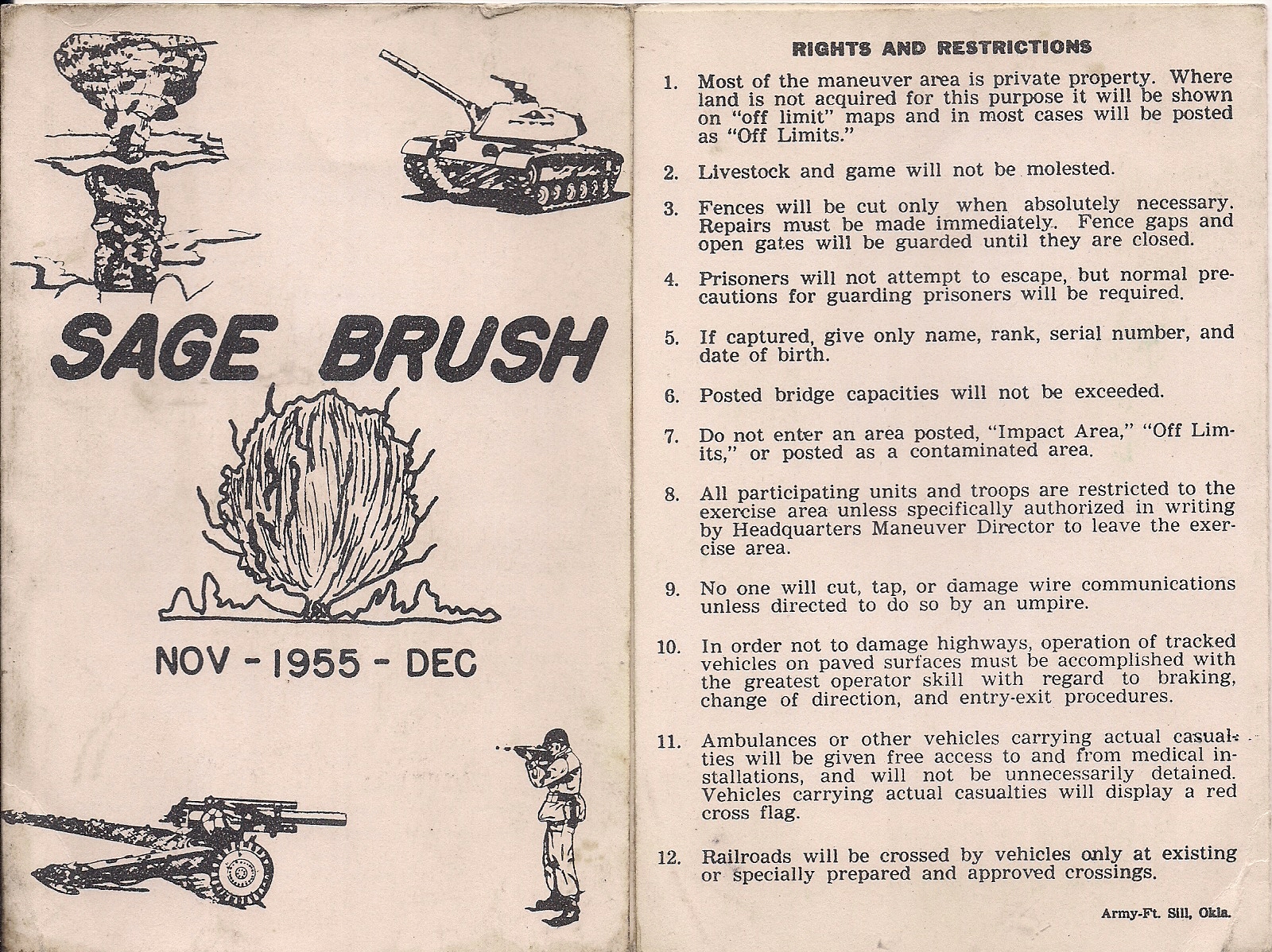
Exercise Sage Brush booklet given to each soldier who participated in this giant maneuver exercise. The booklet tells the soldiers not to destroy any private property and to stay out of Off Limits areas during training. (Rickey Robertson Collection)
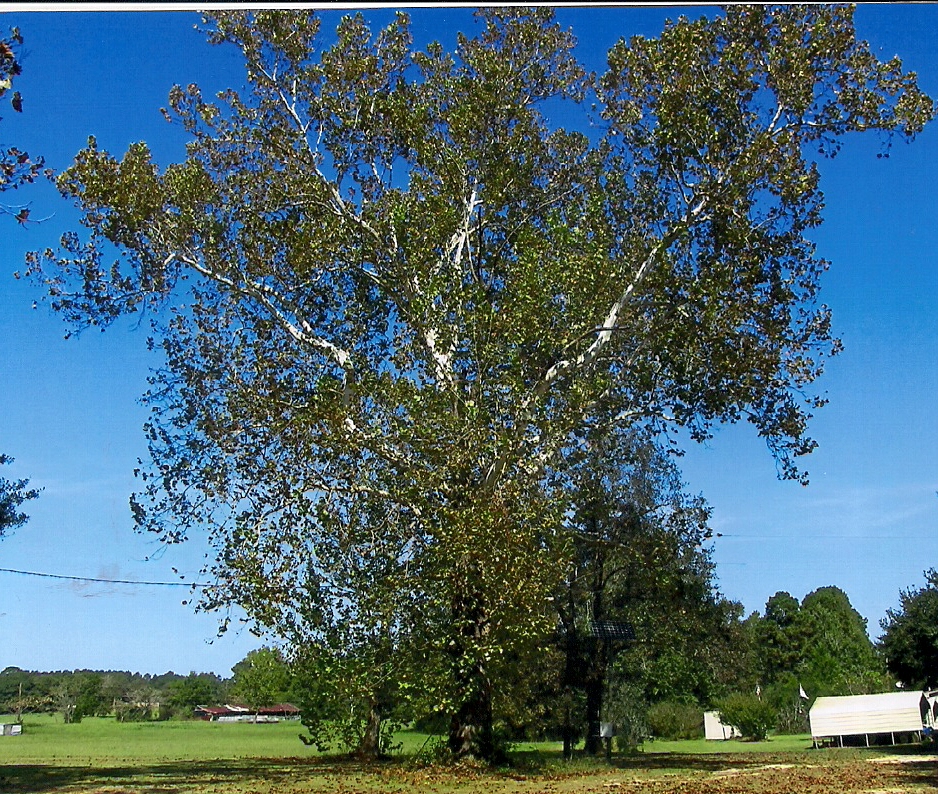
The large old sycamore tree as it stands today in the Peason Community. (Rickey Robertson Collection)
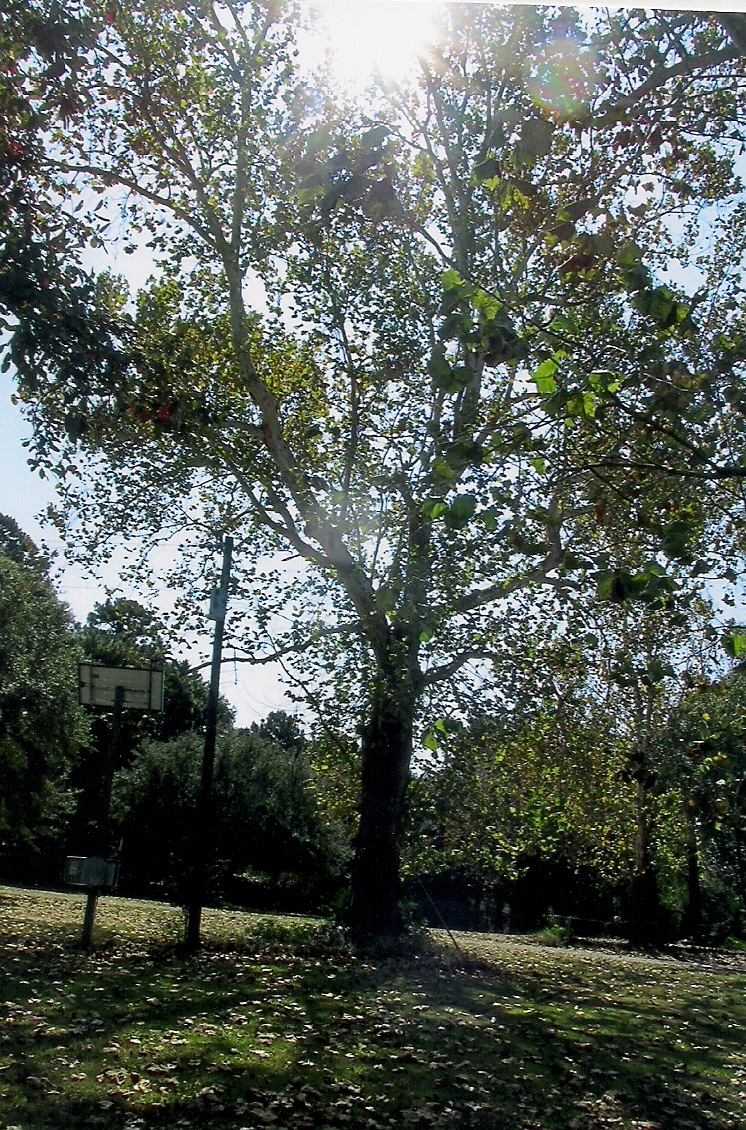
Sunlight shines through the top of the old sycamore tree. (Rickey Robertson Collection)
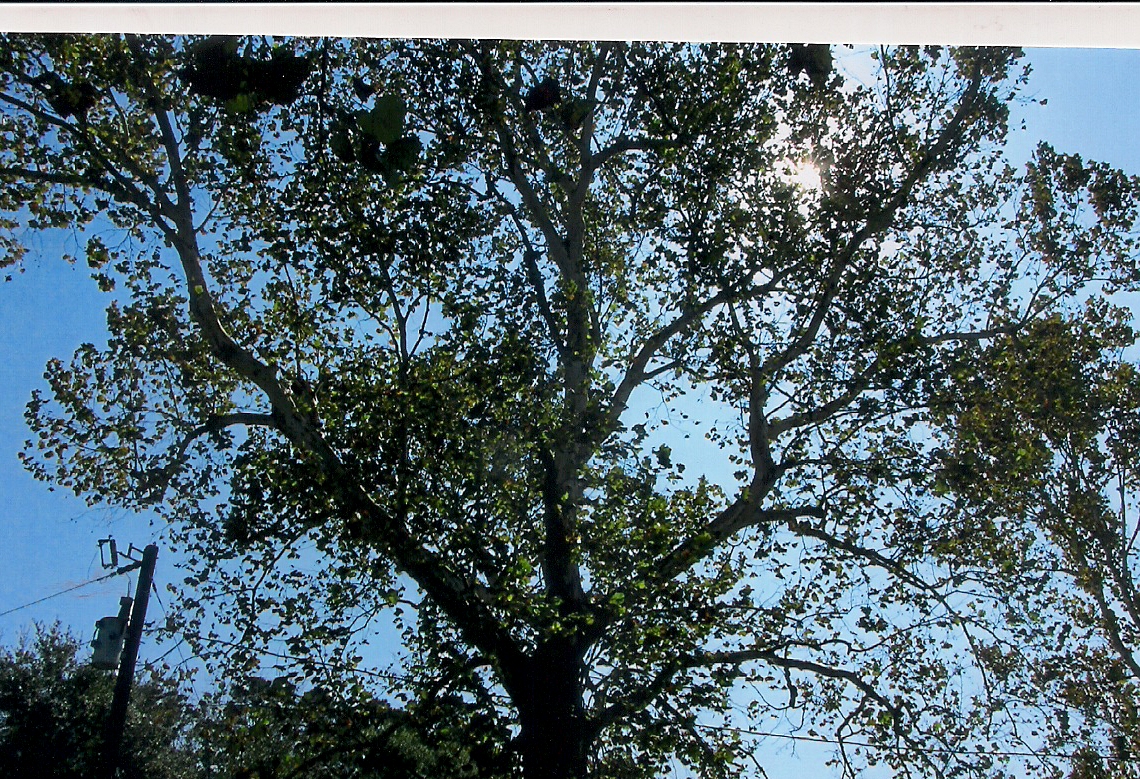
The majestic old sycamore tree and its massive limbs as it stands today. (Rickey Robertson Collection)
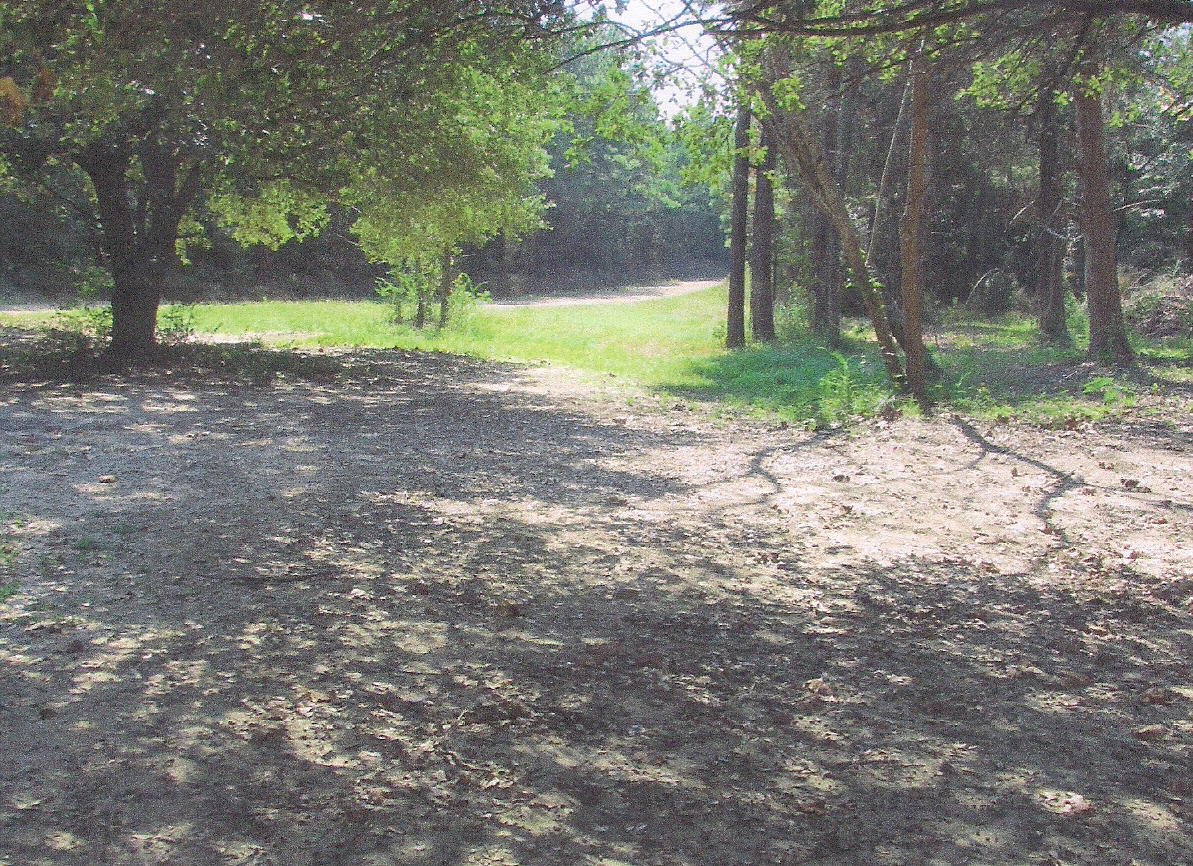
The old abandoned roadway that ran right by the old sycamore tree and our front yard can still be seen today. (Rickey Robertson Collection)
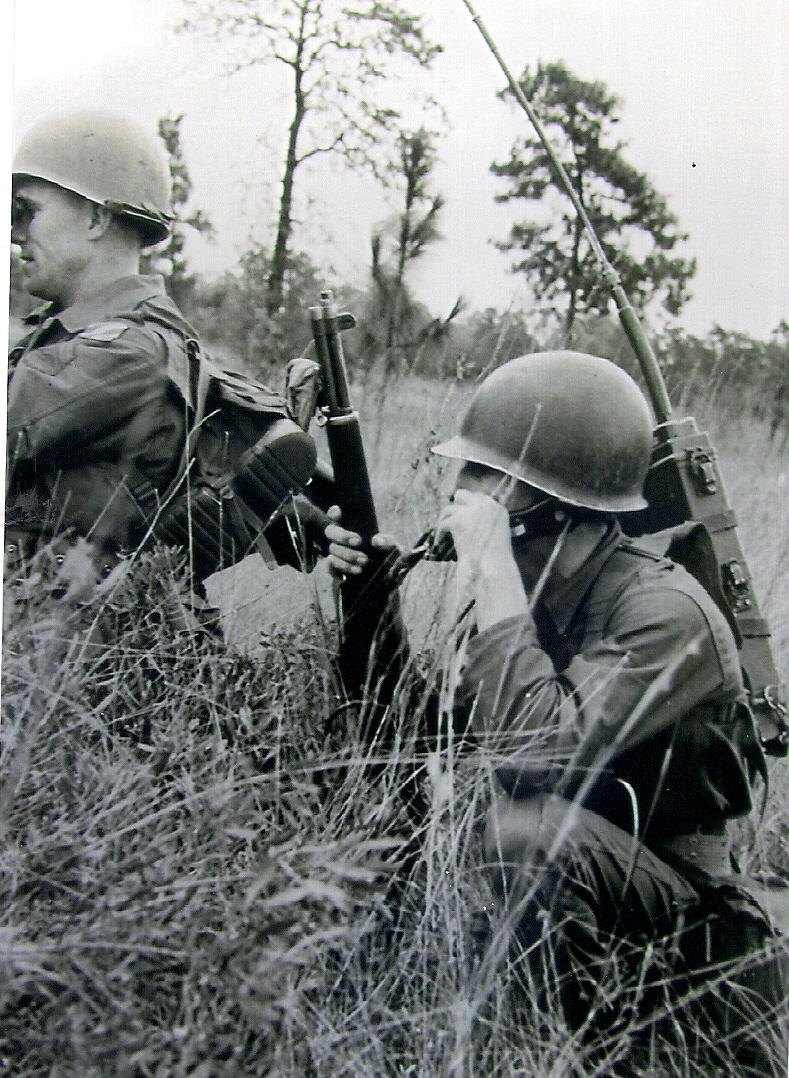
Artillery forward observer and his radioman on Peason Ridge during Exercise Sage Brush. (Rickey Robertson Collection)
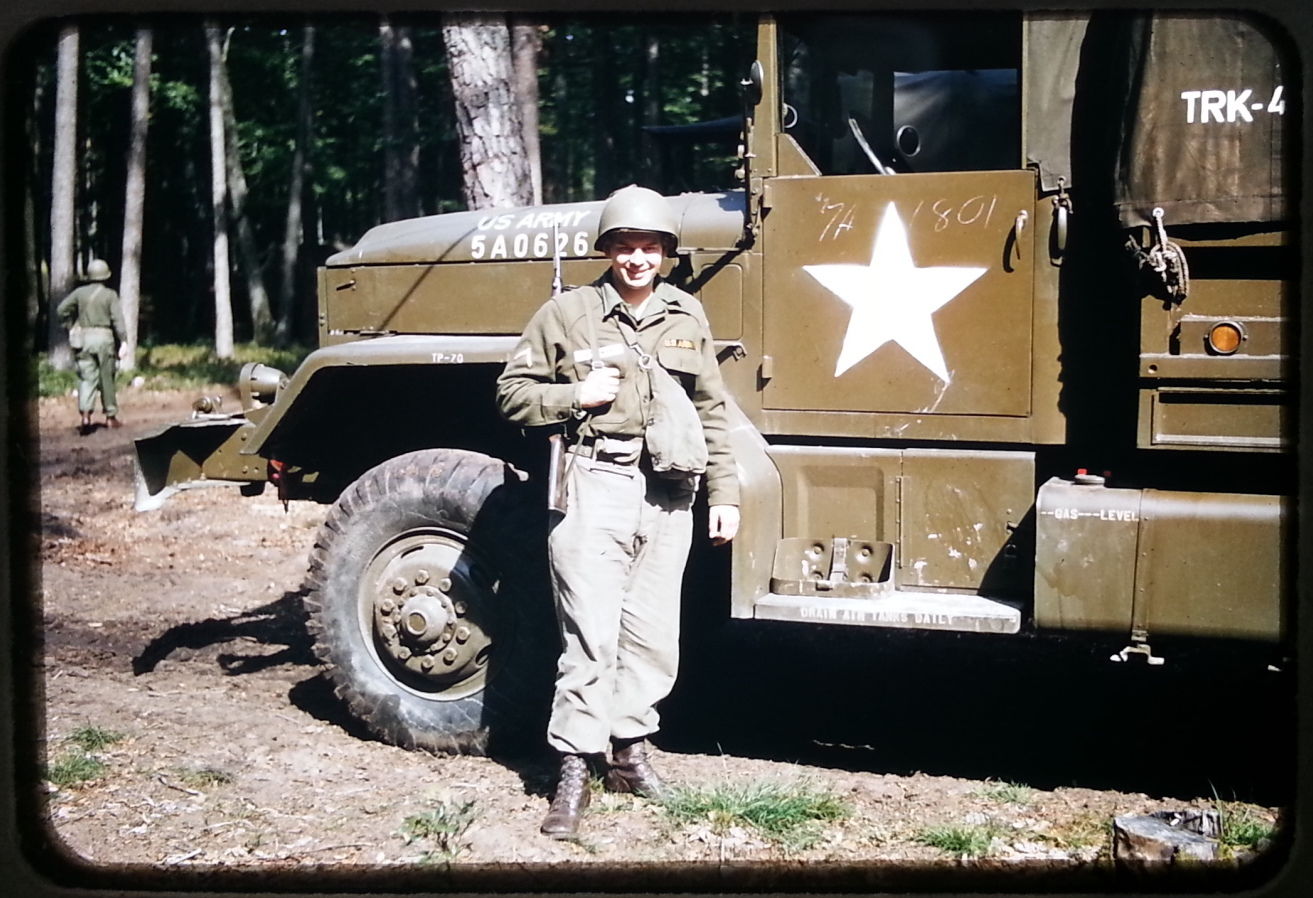
US Army soldier and heavy cargo truck at Peason during Exercise Sage Brush in 1955. This is the type of trucks in the convoy that was stuck near the old sycamore tree. (Rickey Robertson Collection)